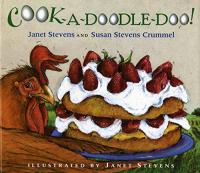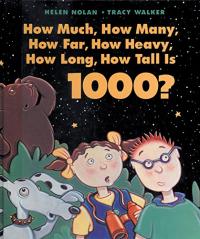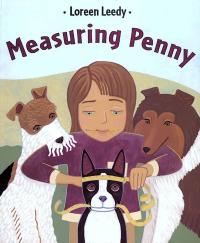Measurement all around us
Begin exploring measurement by asking your child to help you collect all the objects around your house that help you measure. This can include rulers, measuring cups, tape measures, thermometers, clocks, laundry soap scoops, and the container you use to measure dog food.
Gather these items and talk about how each is used to help us measure something. Sort the objects into things that measure liquids, things that measure length, and others. Collecting and sorting is a great way for your child to see how often we use measurement in our daily life.
Many ways to measure
In addition to measuring using standard measurement tools such as a ruler, it’s important for kids to measure using non-standard measurement tools. For example, you can ask your child to use stuffed animals to measure distance. “How many stuffed animals long is our kitchen table? How many stuffed animals does it take to measure our hallway?” Shaped graham crackers, blocks, and dried pasta make other good non-standard measurement units.
Let’s talk about measuring
When measuring, help your young explorer use terms such as taller, shorter, wide, small, large, lighter, heavier, hotter, colder, warm, and variations of the terms such as large, larger, largest, small, smaller, smallest. As you’re talking about what you’re doing, use measurement vocabulary words such as thermometer, calendar, ruler, meter stick or yard stick, clock, and scale. These words help your child compare items and expand your child’s vocabulary.
Keeping track of measurements
As you do with all with all science and math related activities, encourage your young learner to record their estimates and findings in a special notebook or journal. Have your child record the distances measured using various objects, record the weight of objects that are weighed and track how much time chores take using a stopwatch. Simple drawings and labels that order objects from smallest to largest provide a chance to put all the language arts, math, and science skills together.
Recommended children’s books

Actual Size

Cook-a-Doodle-Doo

How Much, How Many, How Far, How Heavy, How Long, How Tall Is 1000?

How Tall, How Short, How Far Away?

Measuring Penny
Download this article in Spanish
Subscribe to Growing Readers!
Get our free monthly parent tips — in English and Spanish — delivered right to your inbox!
